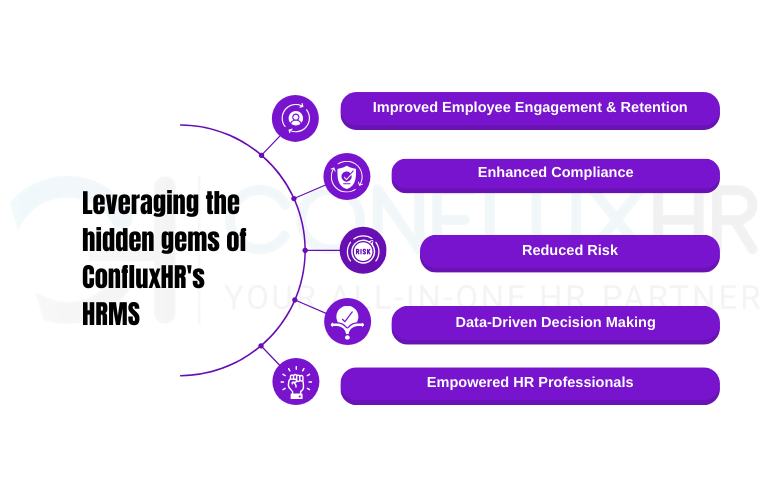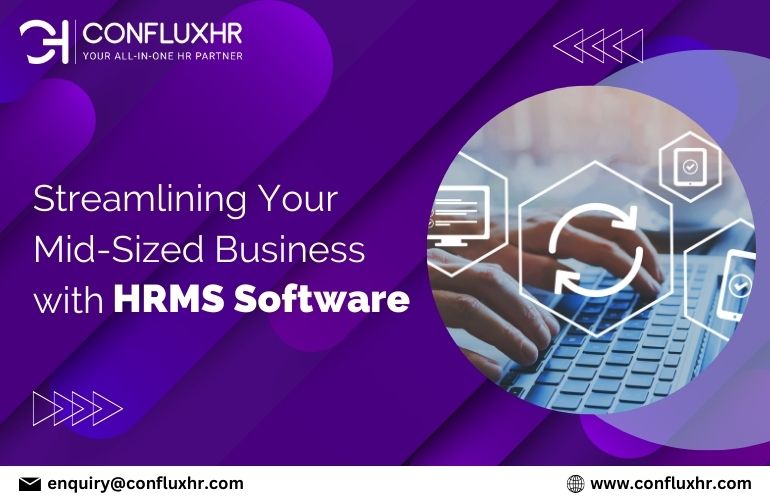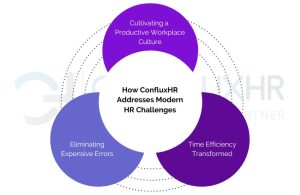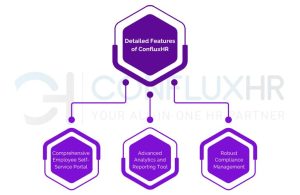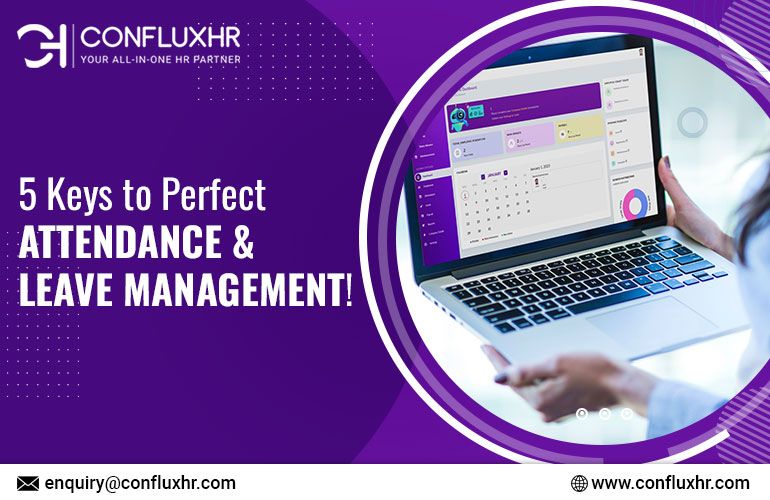Efficient HR management is vital for the success of any business. It ensures smooth operations, boosts employee satisfaction, and helps the company stay compliant with regulations. For small-medium enterprises (SMEs) in India, adopting a Human Resource Management System (HRMS) can be a game-changer. HRMS is designed to automate and streamline HR tasks, making it an essential tool for SMEs aiming for growth and efficiency.
The Growing Needs of Small-Medium Companies in India
India’s economy is experiencing rapid growth, and SMEs are playing a significant role in this expansion. As these businesses grow, their HR tasks become more complex and time-consuming. Managing payroll, attendance, compliance, and employee data manually can lead to errors and inefficiencies. Adapting to technological advancements is crucial for SMEs to stay competitive and manage their HR functions effectively.
Common HR Challenges Faced by Small-Medium Businesses
- Resource Constraints: SMEs often operate with limited budgets and HR personnel, making it challenging to manage HR tasks efficiently.
- Manual Processes: Many SMEs still rely on manual HR processes, which are time-consuming and prone to errors.
- Compliance Issues: Navigating complex labor laws and regulations can be daunting without automated systems to ensure compliance.
- Talent Management: Attracting, retaining, and managing talent effectively is a significant challenge without streamlined HR processes.
Benefits of Implementing HRMS
- Automation and Efficiency: HRMS automates payroll, attendance, and leave management, freeing up valuable time for HR personnel to focus on strategic tasks.
- Accuracy and Error Reduction: Automated data entry and calculations minimize human errors, ensuring accurate and reliable HR records.
- Cost-Effectiveness: By reducing administrative costs and improving resource allocation, HRMS makes HR management more affordable for SMEs.
- Improved Compliance: HRMS helps businesses stay compliant with labor laws and regulations by automating compliance tracking and reporting.
- Enhanced Employee Experience: Self-service portals allow employees to access their information, apply for leave, and manage their details, improving overall satisfaction.
Key Features of HRMS for Small-Medium Companies
- Payroll Management: Automated salary calculations and disbursements streamline payroll processes, reducing errors and saving time.
- Attendance and Leave Tracking: Accurate recording of work hours and leave balances ensures efficient attendance management.
- Employee Data Management: A centralized database for employee records makes it easy to access and manage employee information.
- Recruitment and Onboarding: Streamlined processes for hiring and integrating new employees enhance productivity.
- Reporting and Analytics: Insights into HR metrics aid in informed decision-making and strategic planning.
Choosing the Right HRMS
- Scalability: Ensure the HRMS can grow with your company, accommodating future needs and expansions.
- User-Friendly Interface: An intuitive interface ensures easy adoption by HR staff and employees, reducing the learning curve.
- Customization: Choose an HRMS that can be tailored to meet your specific business needs for maximum efficiency.
- Integration Capabilities: Ensure compatibility with other business systems and software for seamless operations.
- Support and Training: Opt for a vendor that offers robust support and training to ensure smooth implementation and ongoing success.
Statistical Examples
- Example 1: A manufacturing SME sees a 30% reduction in payroll processing time after implementing HRMS.
- Example 2: A tech startup improves compliance tracking by 40%, reducing legal risks and ensuring regulatory adherence.
- Example 3: An e-commerce business enhances employee satisfaction by 25% through the use of self-service portals.
Conclusion
For small-medium companies in India, implementing an HRMS like ConfluxHR is a strategic investment that can drive growth and efficiency. By automating HR tasks, reducing errors, and ensuring compliance, HRMS helps businesses focus on what matters most—growth and innovation. Business owners are encouraged to explore HRMS solutions to streamline their HR processes, enhance employee satisfaction, and achieve long-term success.


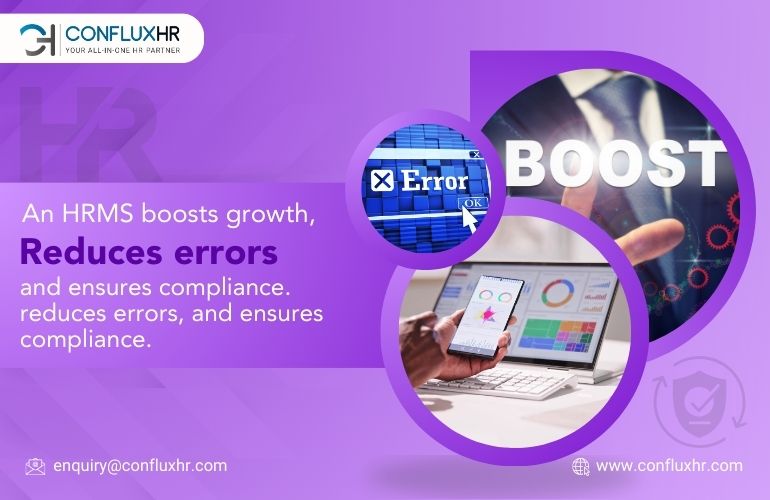
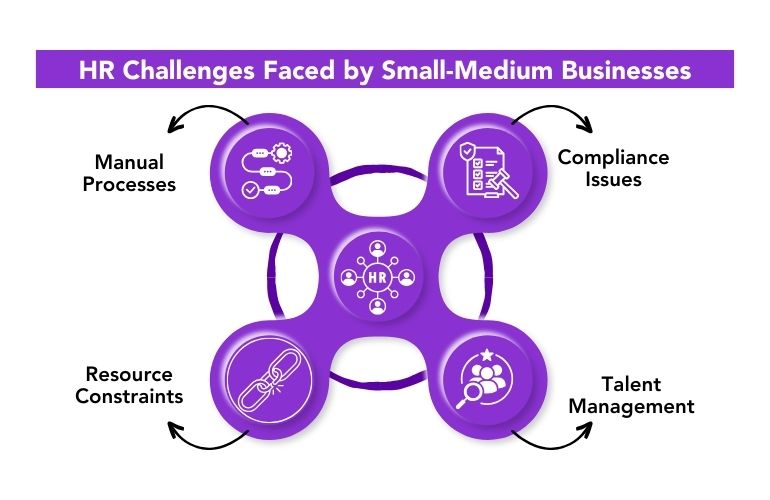
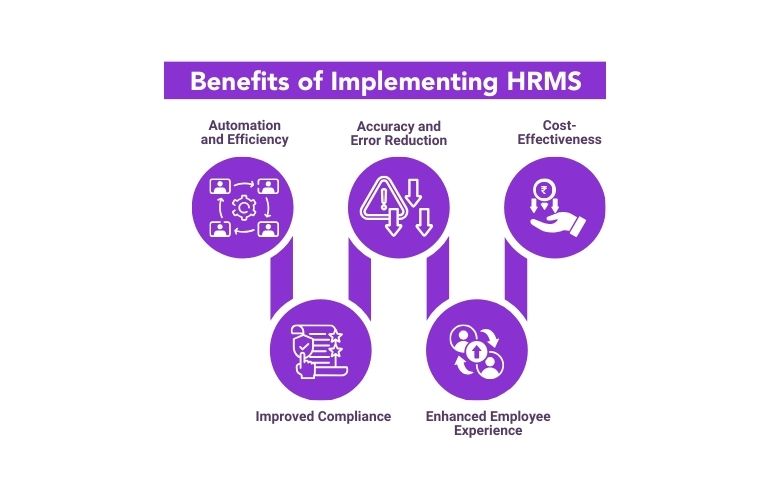

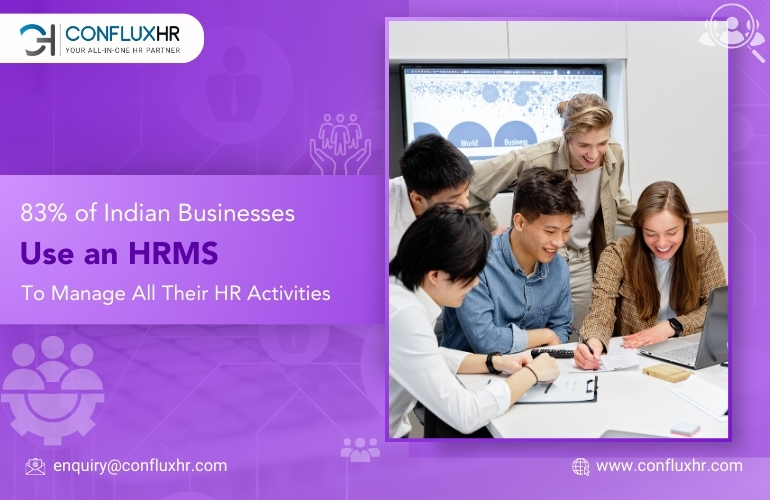
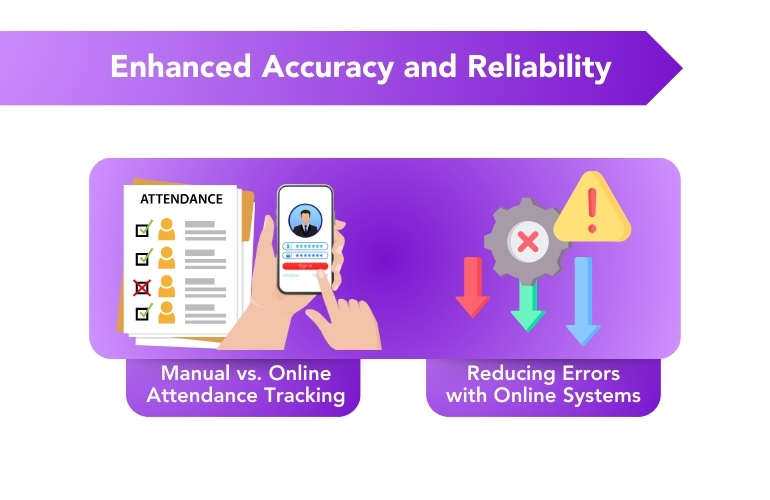
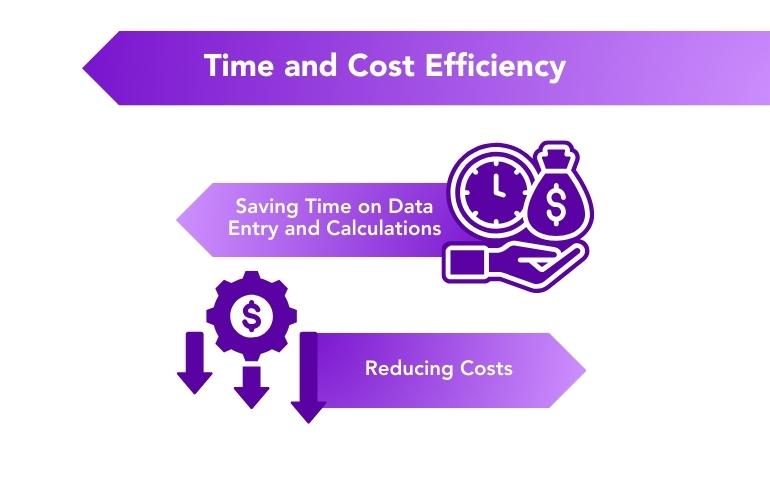
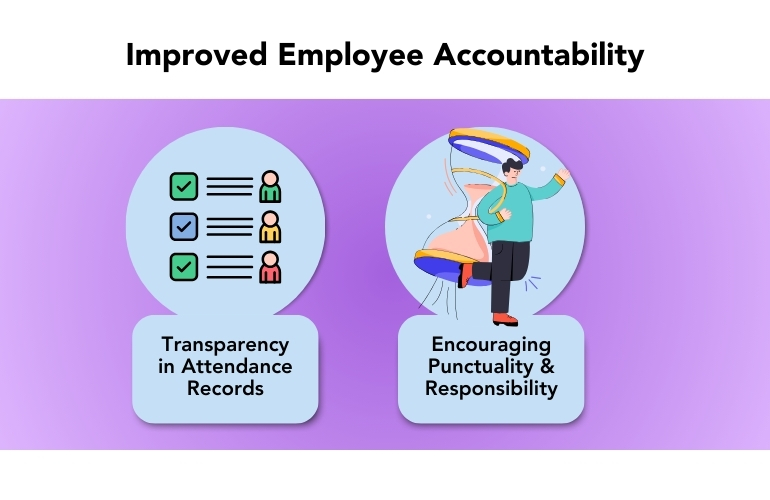

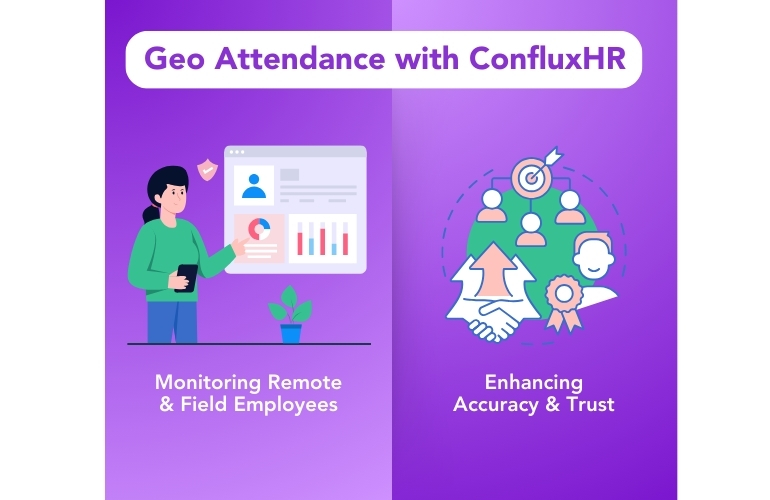
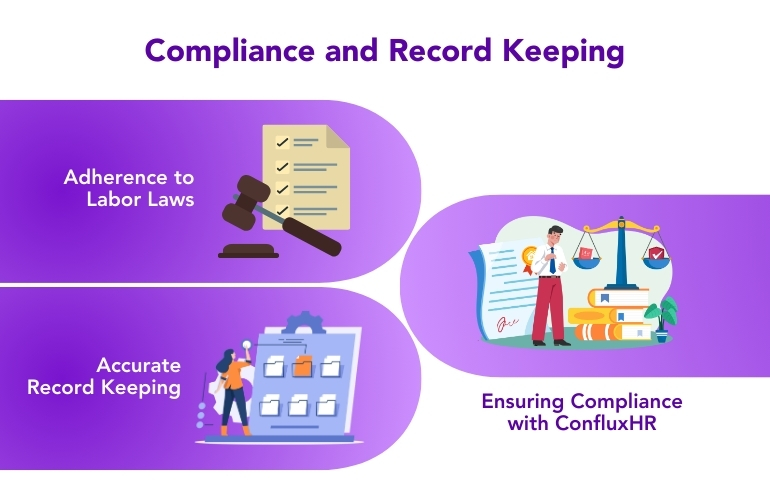


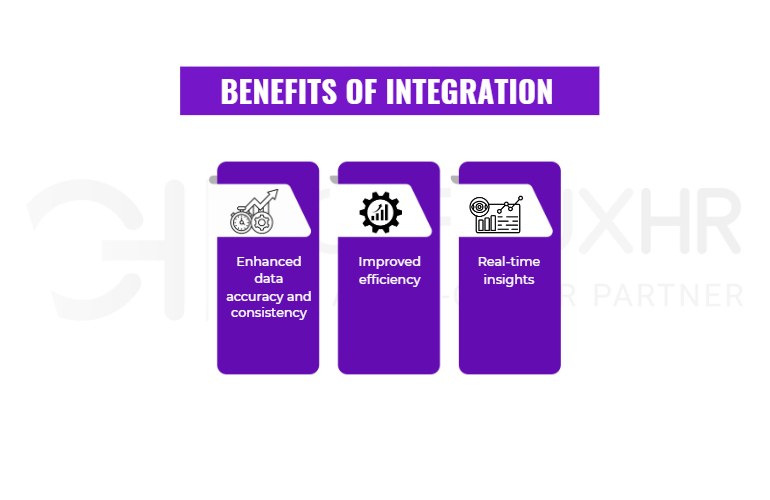
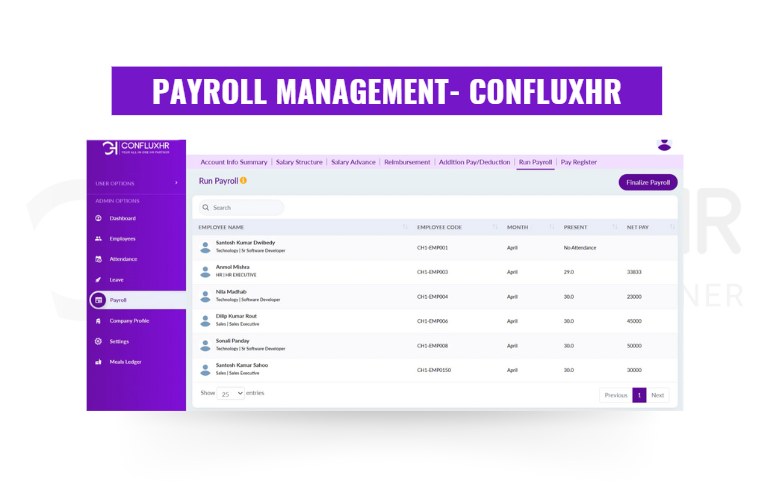
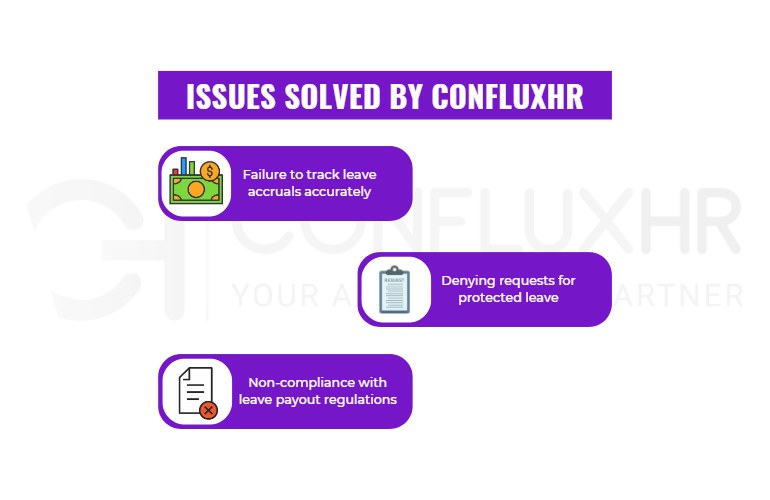
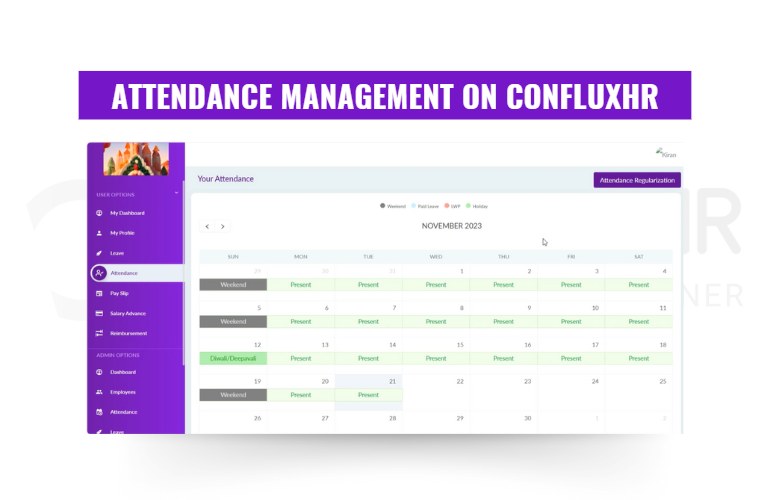
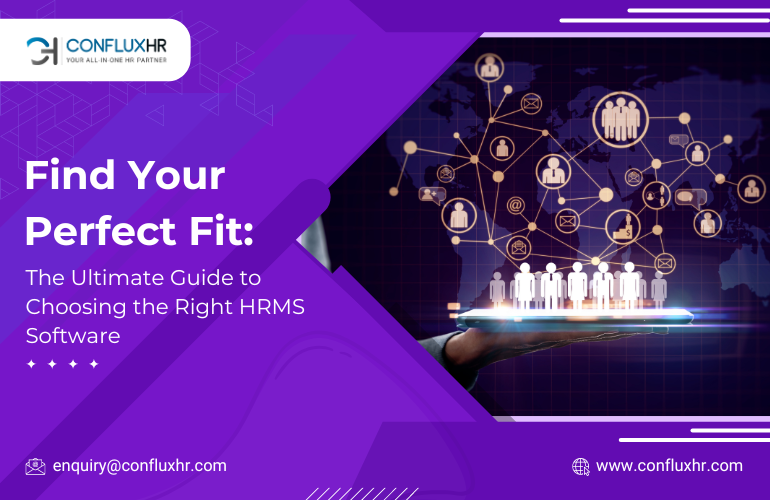
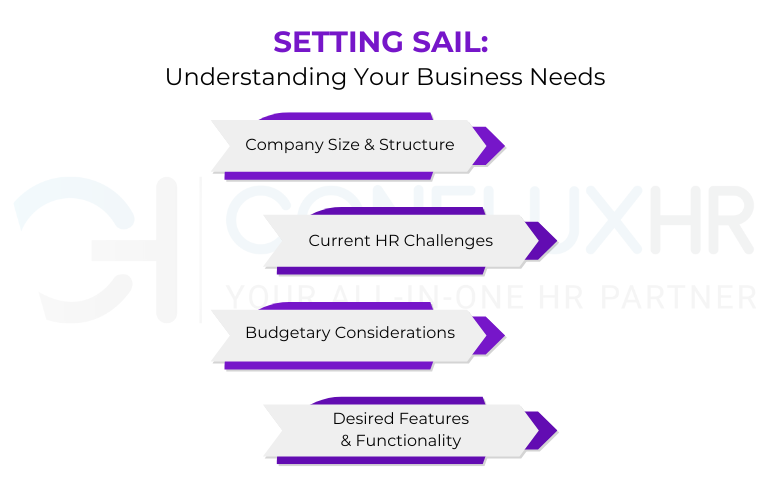
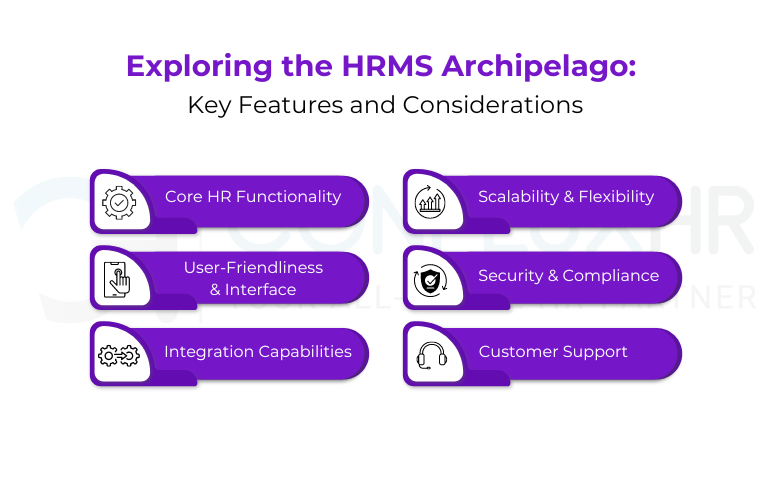

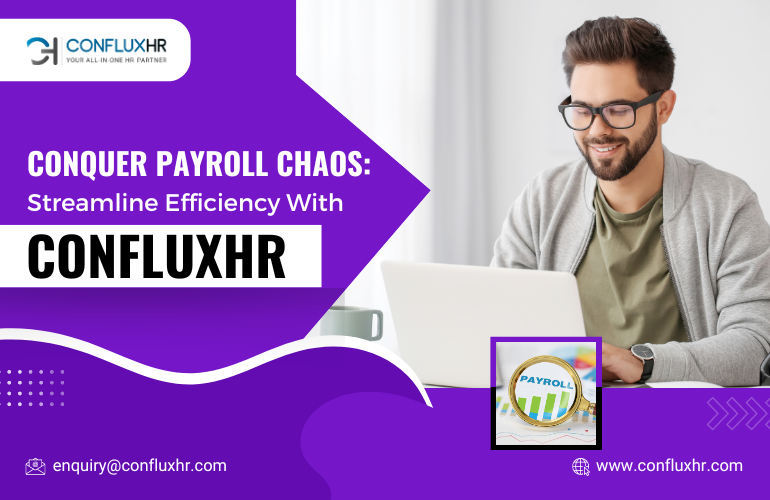

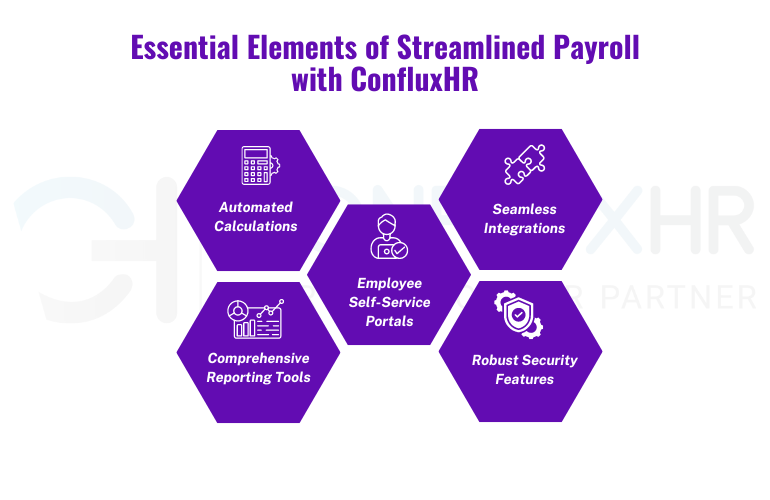


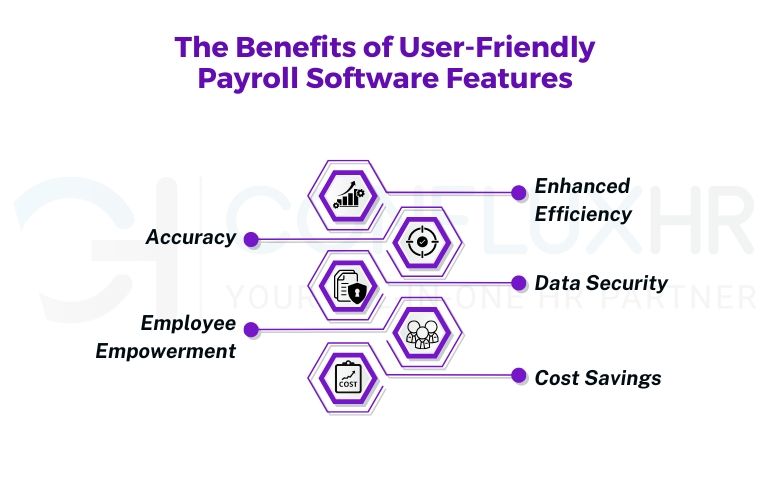

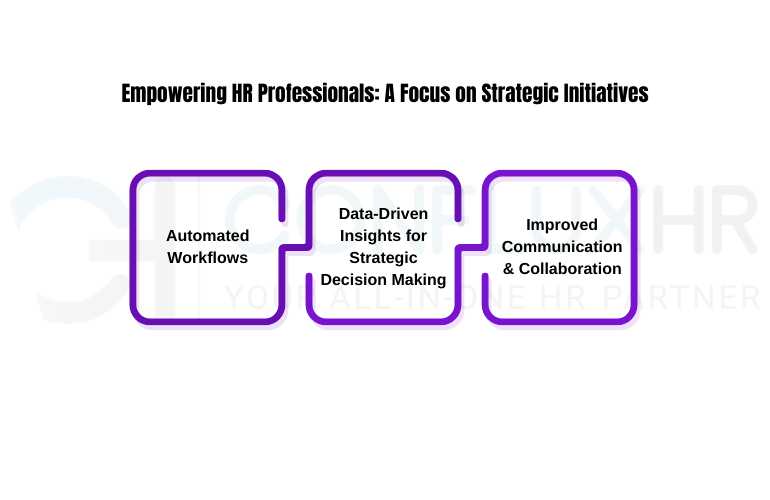 By leveraging the hidden gems of ConfluxHR’s HRMS, mid-sized businesses can unlock a range of benefits that contribute to a stronger and more successful organization. Here’s a quick recap of the advantages you can gain:
By leveraging the hidden gems of ConfluxHR’s HRMS, mid-sized businesses can unlock a range of benefits that contribute to a stronger and more successful organization. Here’s a quick recap of the advantages you can gain: